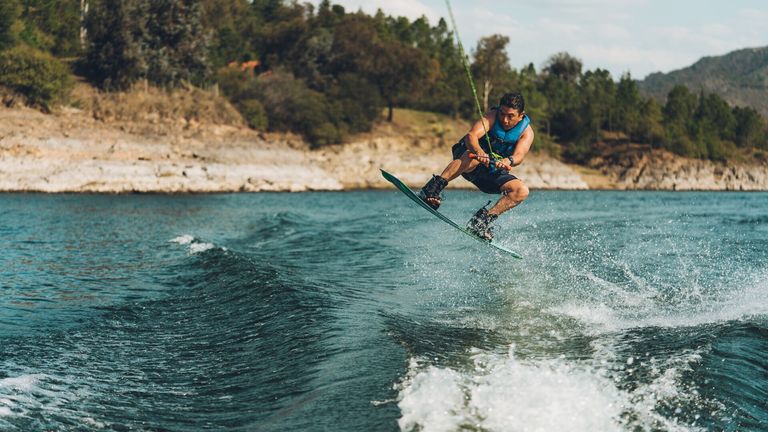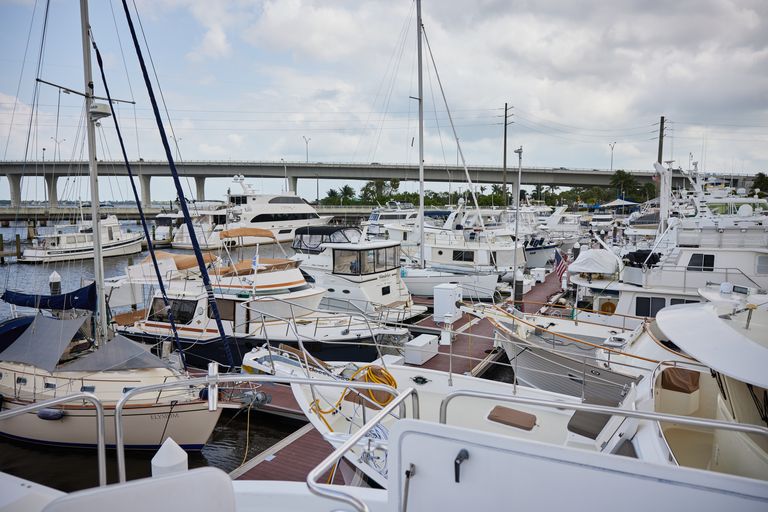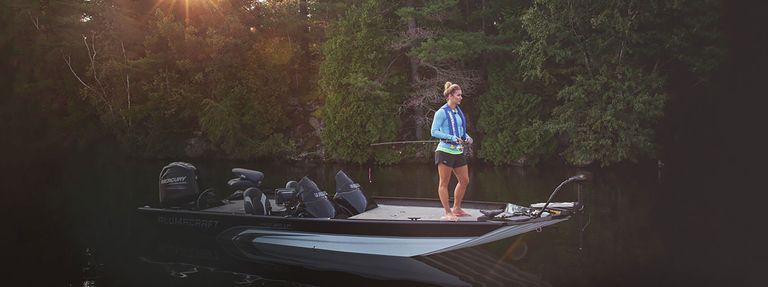Is a Personal Watercraft Safety Course Required in Canada?
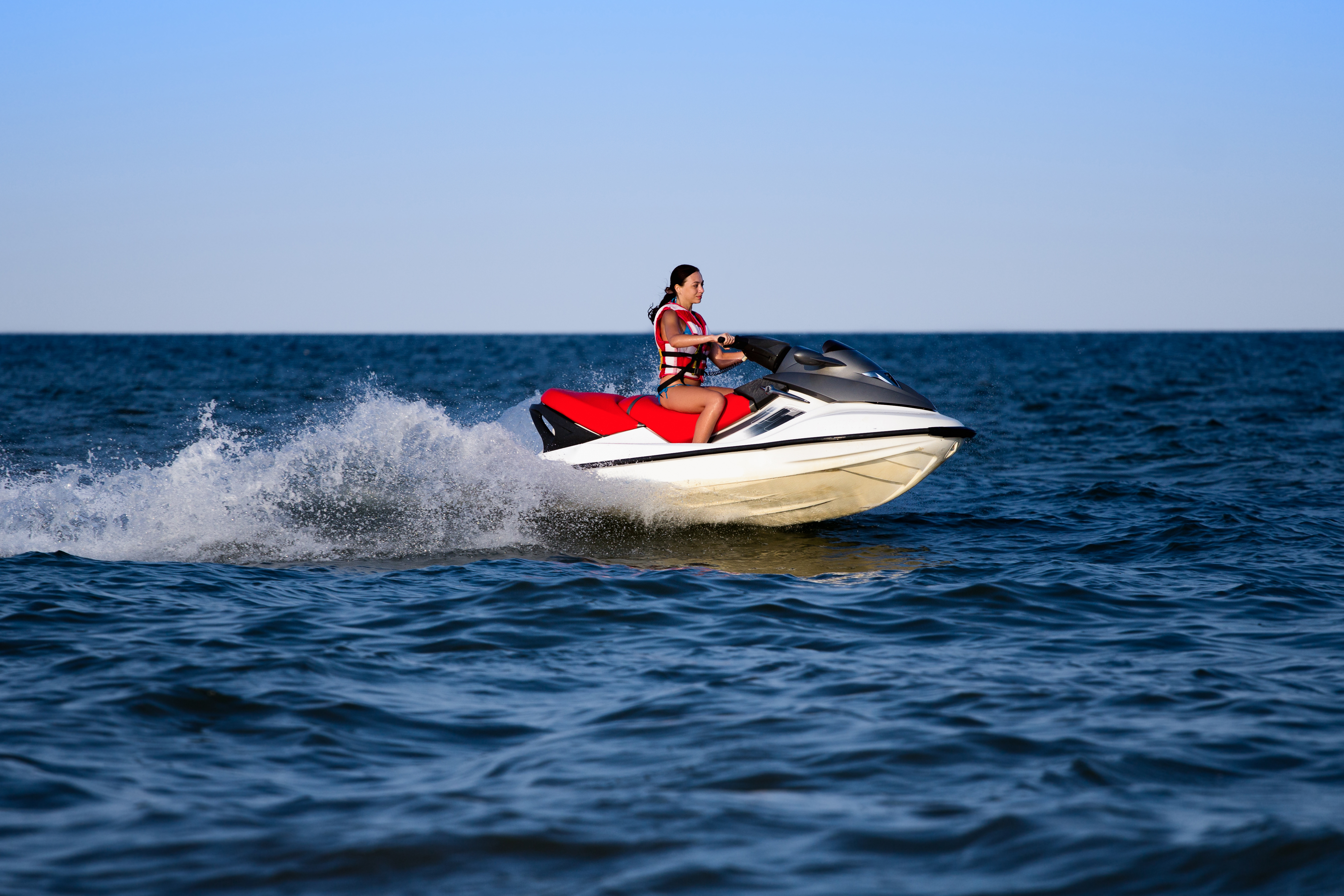
When the weather warms, Canadians are excited to get back out on the water each season. From fishing to driving or relaxing on boats or personal watercraft (PWC), there are plenty of ways to enjoy the water.
However, it’s important to operate pleasure crafts legally and safely. Sometimes, the start of the season means boaters are a little rusty about boating safety best practices. In other instances, new boaters bought a boat or PWC during the off-season and are ready to launch it for the first time.
Whether your water toy is new to you or not, you want to avoid injury and penalties that could ruin your fun. Do you need to take a personal watercraft safety course in Canada? Keep reading to find out!
What is a Personal Watercraft?
In Canada, PWCs or personal watercraft fall under the category of “pleasure craft.”
These vessels also include:
- Sailboats
- Powerboats
- Airboats
- Hovercraft (air cushion vehicles)
- Wing in ground effect vessels (used for recreation)
Canadian boating regulations for pleasure craft can also apply to kiteboards.
So, what is considered a PWC? These vessels include jet skis, Wave Runners, and Sea-Doos.
Additionally, personal watercraft fall into three categories:
- Stand-up
- Performance
- Recreation
- Rec-lite
If you have any of these types of pleasure craft and plan to use them on the water this season in Canada, you must first understand how to operate them safely.
How to Stay Safe When Operating a PWC
PWCs can be a lot of fun but are also extremely dangerous if you don’t understand how to operate them safely – especially when riding a jet ski near other jet skis, boats, or people in the water.
Wear a Life Jacket
First things first (as with any boat operation), make sure you wear a lifejacket. For jet ski operation or when using other types of personal watercraft, make sure it’s a wearable lifejacket.
There are several varieties of life jackets to consider. Choose one that can help you turn upright if you fall off your Wave Runner to prevent drowning if you’re also injured when entering the water.
Don’t Exceed the Number of Riders
If your personal watercraft isn’t designed to hold more than one person, don’t allow a friend to ride with you.
Putting too much weight on a PWC can impact how it operates and lead to an unsafe situation.
Slow Down
Going fast on the water can be quite a thrill – and it can also be dangerous. So, even if you see miles of clear water ahead of you, watch your speed.
If you’re learning to operate your PWC, going too fast can exceed your ability to turn or stop if an obstacle gets in your way. It can also be hard to see objects in the water (including people or rocks) when speeding across a lake. Without enough time to evade something or stop, you could injure yourself and others.
Maintain Your Personal Watercraft
Are you launching your PWC for the first time this season – after it sat out of the water all winter? Make sure it’s in good working order before operating it in the water.
Responsible boaters and watercraft owners must maintain vessels according to the manufacturer’s instructions. If you hop on a Sea-Doo that hasn’t been checked or maintained after the off-season, you put yourself and others at risk.
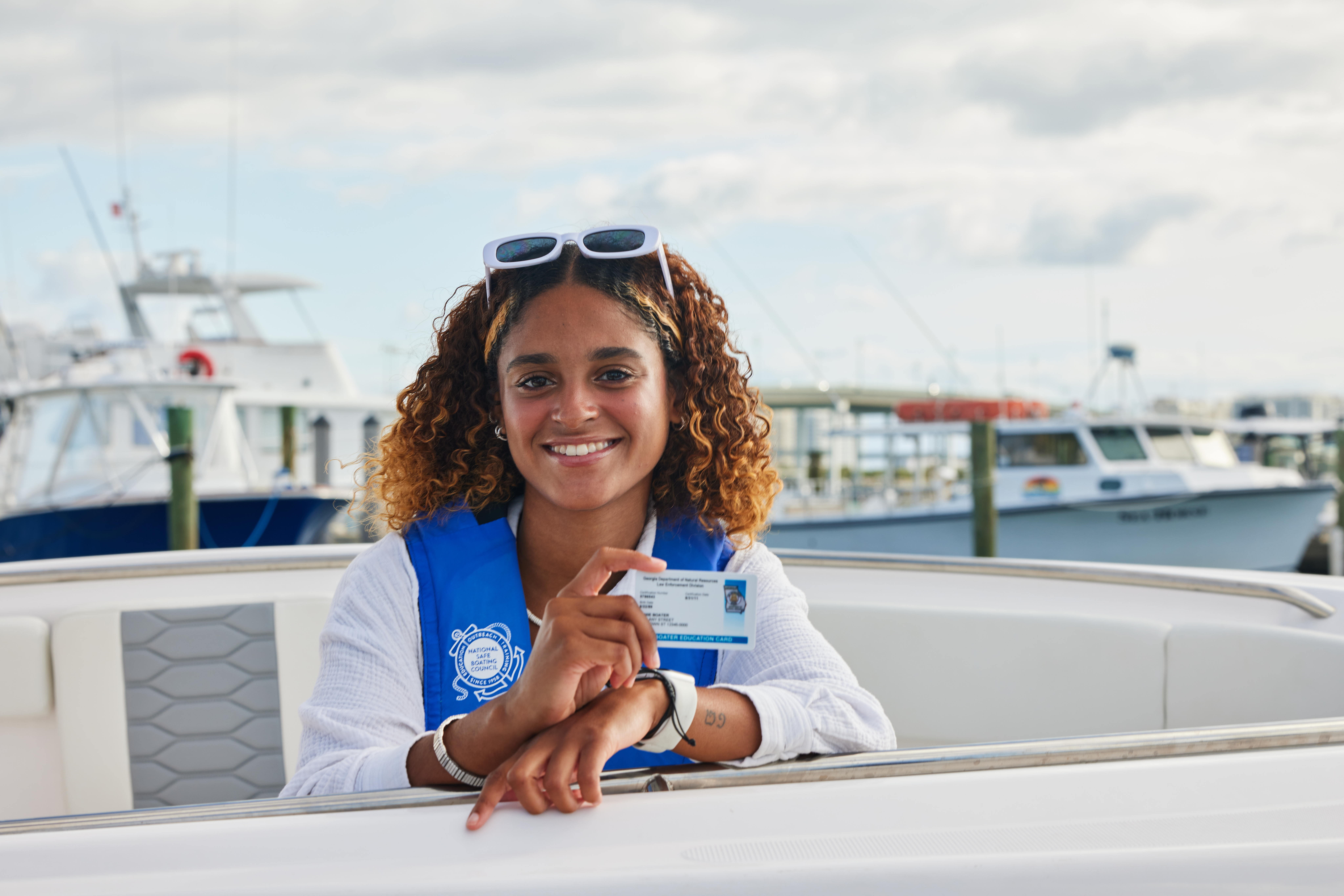
So, Do You Need a Personal Watercraft Safety Course?
Yes!
As we mentioned earlier, PWCs are considered “pleasure craft.” In Canada, anyone who operates a pleasure craft needs a Pleasure Craft Operator Card (PCOC). To obtain your PCOC, you must pass a boater safety course.
If you choose the Canada-approved course through BOATERexam, you learn the safety essentials for boating and personal watercraft! So, it becomes a personal watercraft safety course.
We cover a wide range of critical safety topics you need to take your PWC out each season, including:
- Preparing to use your PWC
- Steering and stopping
- Being aware of blind spots
- Reboarding a capsized personal watercraft
- How to limit noise and keep your distance
- And more crucial safety insights
You’ll be well-equipped to ride your PWC safely throughout the season – every season, because your boater safety certification never expires after you pass the exam.
Additionally, you’ll have your PCOC card to verify your competency on boats and PWCs to avoid violations and fines.
Get Safety Certified Before Launching Your Personal Watercraft This Season
Warmer weather means it’s time to get out on the water – but don’t go out before you have your boater safety certification.
Whether you drive a boat or enjoy jet skis, Canadians must have a Pleasure Craft Operator Card and pass a safety course from a Transport Canada-approved course, like BOATERexam. Our course is 100% online and convenient to take using a mobile device or computer anywhere you can connect to the internet.
You’ll find hundreds of engaging videos and illustrated exam questions to help you learn, pass your exam, and apply what you know on the water. So, get your boating license online before the season begins!

